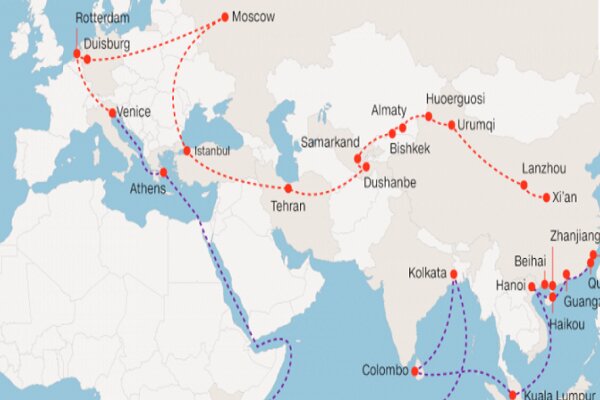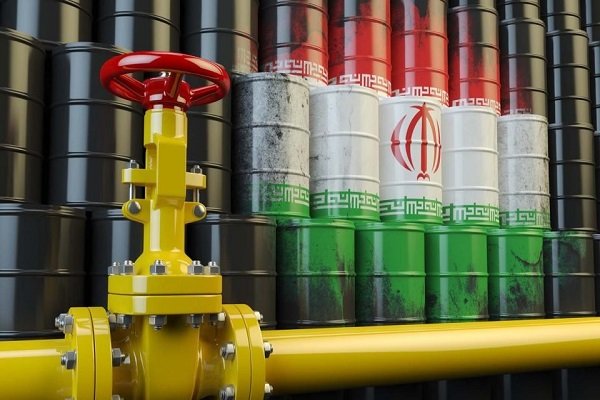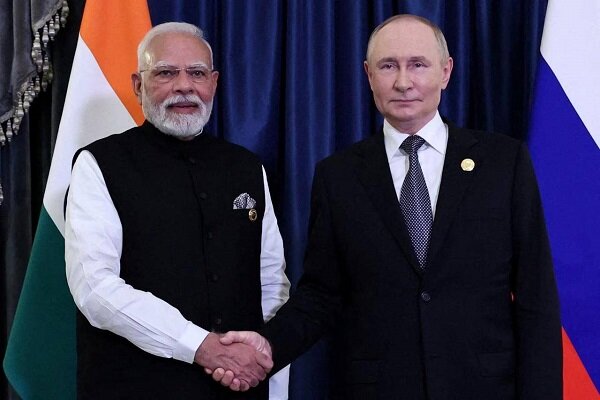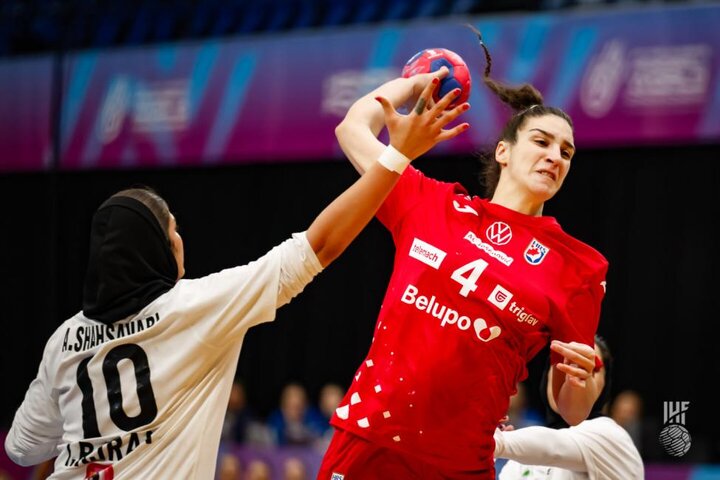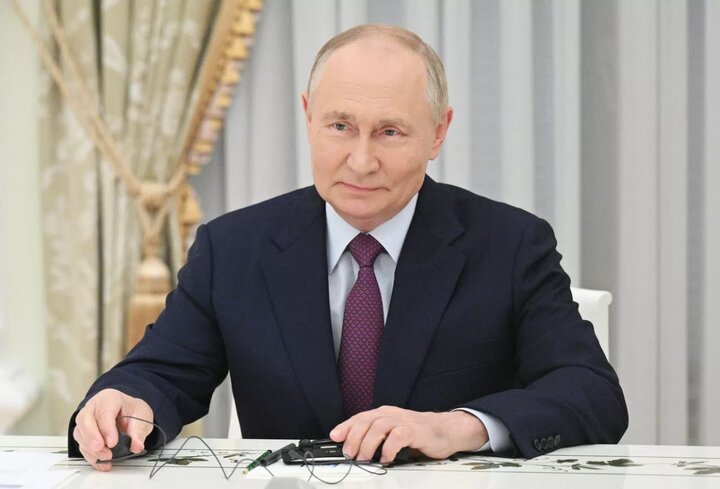
According to the Islamic Republic of Iran Customs Administration, Russia ranked 10th on the list of Iran’s top export destinations during the period.
The exports mainly included components and parts of turbojets or turboprops (except for the fixed and moving blades of gas turbines) with $68.49 million, shrimp with $57.76 million, kiwi with $51.74 million, pistachio with $44.1 million, and capsicum and Pimenta pepper with $34.07 million, Financial Tribune reported.
According to Iran Primer, trade between Iran and Russia fluctuated wildly in the three decades after the Soviet Union collapsed in 1991. It plummeted by 65% between 2010 and 2015 when the UN imposed sanctions on Iran, then nearly quadrupled by 2022 after international sanctions were lifted, a new trade route opened and a budding military alliance deepened.
“We in Iran have no limits for expanding ties with Russia,” President Ebrahim Raeisi told Russian President Vladimir Putin in 2022.
Between the mid-1990s and 2023, the trade balance between the two nations decisively favored Russia. Beginning in 2000, Iran bought largely raw materials, including iron and steel, as well as grains like wheat, from Russia. The latter mainly imported fruits and nuts. Iran and Russia were among the world’s top petroleum and natural gas producers and rivals in the international market. Oil and gas sales formed the largest source of export revenue for both countries.
By mid-2023, prospects for increasing revenues were still limited since neither country traded in more valuable goods.
“In terms of dollar value, Iran would have to sell a lot of agricultural goods to increase its total trade volume,” Alex Vatanka, director of the Iran Program at the Middle East Institute, said.
“The big challenge is finding overlap where the two countries can help each other economically.”
DAY/PR
